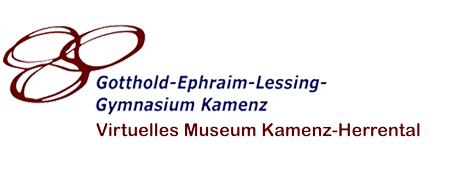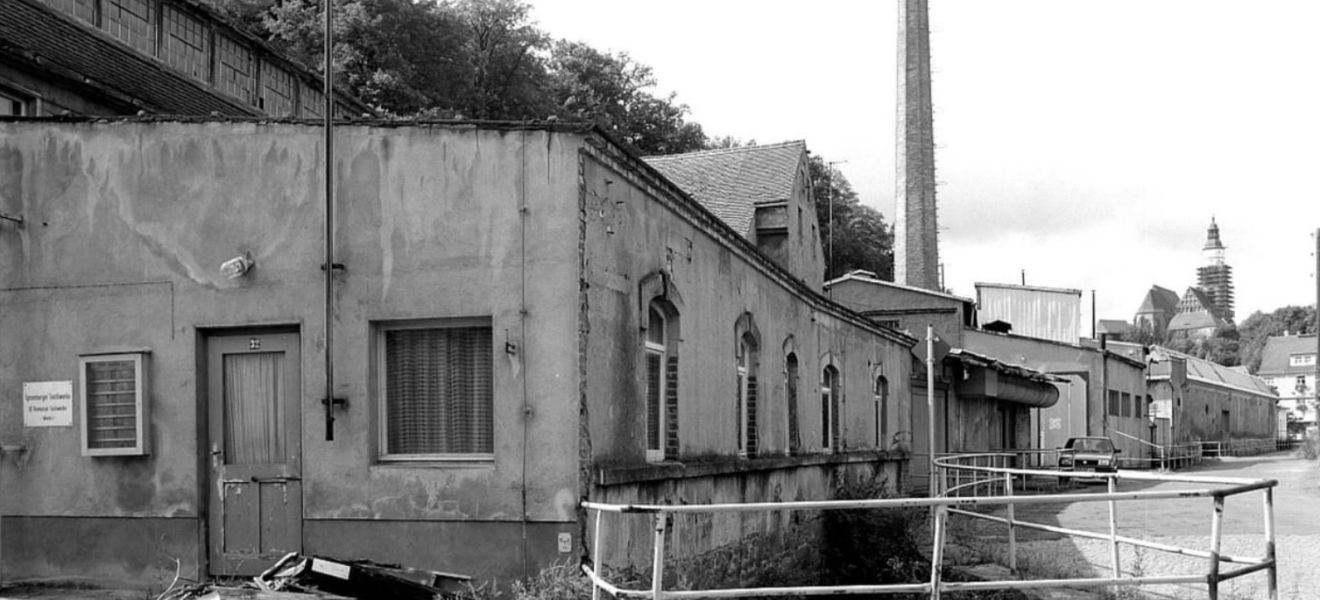The Herrental site and its historical development
Location in relation to the city
Located in the southern part of Kamenz, the Herrental is part of the medieval town area but lies outside the city center with St. Mary’s Church, the town hall, and the market square. The Herrental lies beyond the old city wall, characterized by both valley and hillside terrain.
The Via Regia trade route, which passed through the Herrental, ensured direct urban connectivity. Another defining feature of the Herrental is the 'Langes Wasser' stream, which flows into the Schwarze Elster River.
Development of the Herrental
Kamenz was first mentioned in documents in 1225. The valley served as a route around the high plateau on the way to the castle of the Lords of Kamenz, leading to the first town settlement or to the 'High Road' toward Bautzen for the villages south of Kamenz. The name 'Herrental' refers to the property of the Lords of Kamenz, who built the Herrenmühle (Lords’ Mill) by the Langes Wasser.
After the valley was first mentioned in 1434, the city incorporated the slope on the Herrental side into its fortifications during the reestablishment of Kamenz. The Lords of Kamenz lost their estates to the city. Craftsmen, especially cloth makers, then used the favorable hillside location to dry their fabrics on wooden frames. In 1584, the Herrenmühle was leased to the Marienstern Monastery, before being purchased by the town council in 1702. From then on, it belonged to the city and was referred to as the 'Ratsmühle' (Council Mill) from 1745 onward. By the end of the 18th century, white tanners used the mill.
With industrialization, five textile companies established themselves in the Herrental due to the favorable infrastructure, marking the beginning of its history as an industrial area.
Among them were the Herrenmühle, sold by the city in 1831, and the Reinhardtsmühle, which was converted into the Müller & Arnold cloth factory in 1855.
The master cloth maker Johann Friedrich Gottlob Hillmann acquired the Herren- and Güthersmühle, expanding them into a company that was partly acquired by the textile entrepreneur Noßke in 1937 — later becoming the site of the Kamenz-Herrental concentration camp subcamp.





